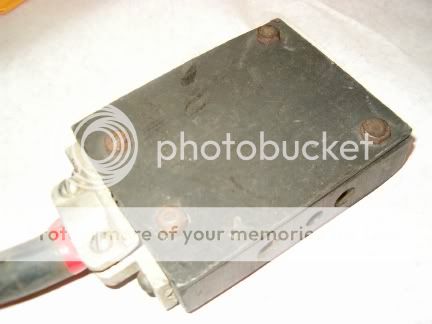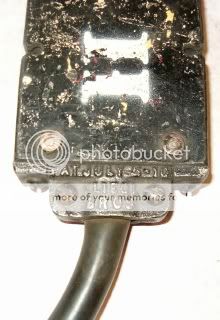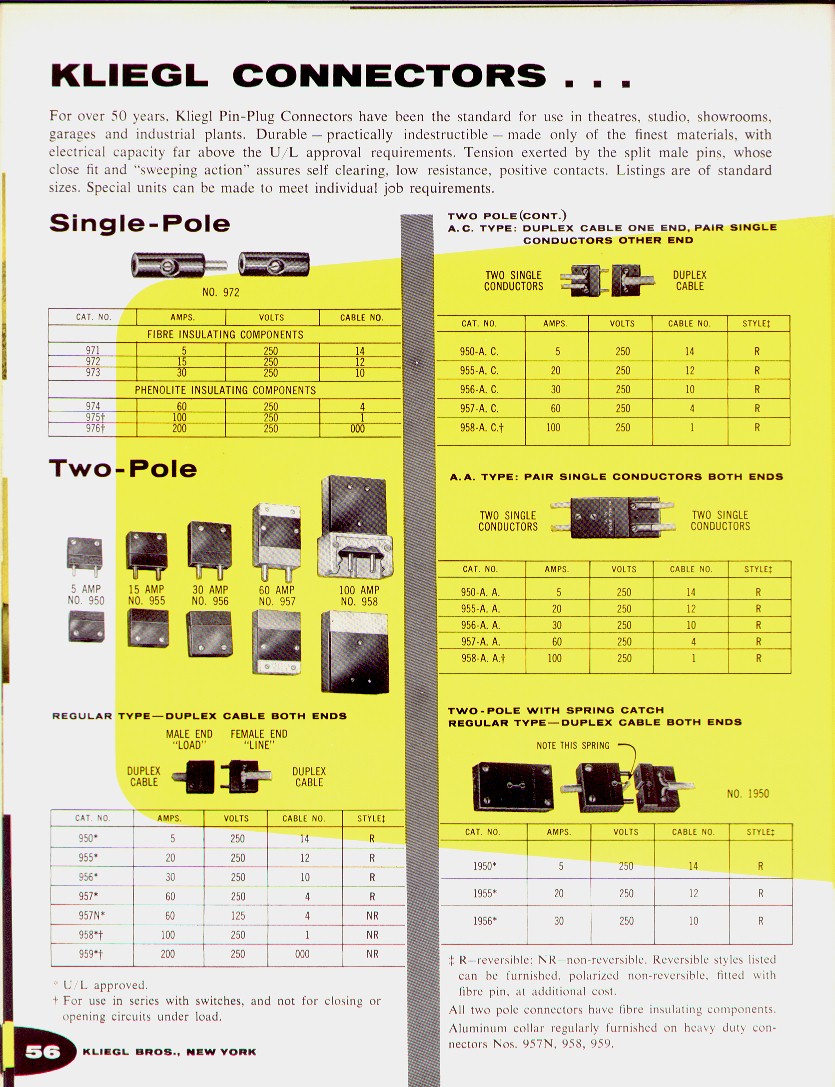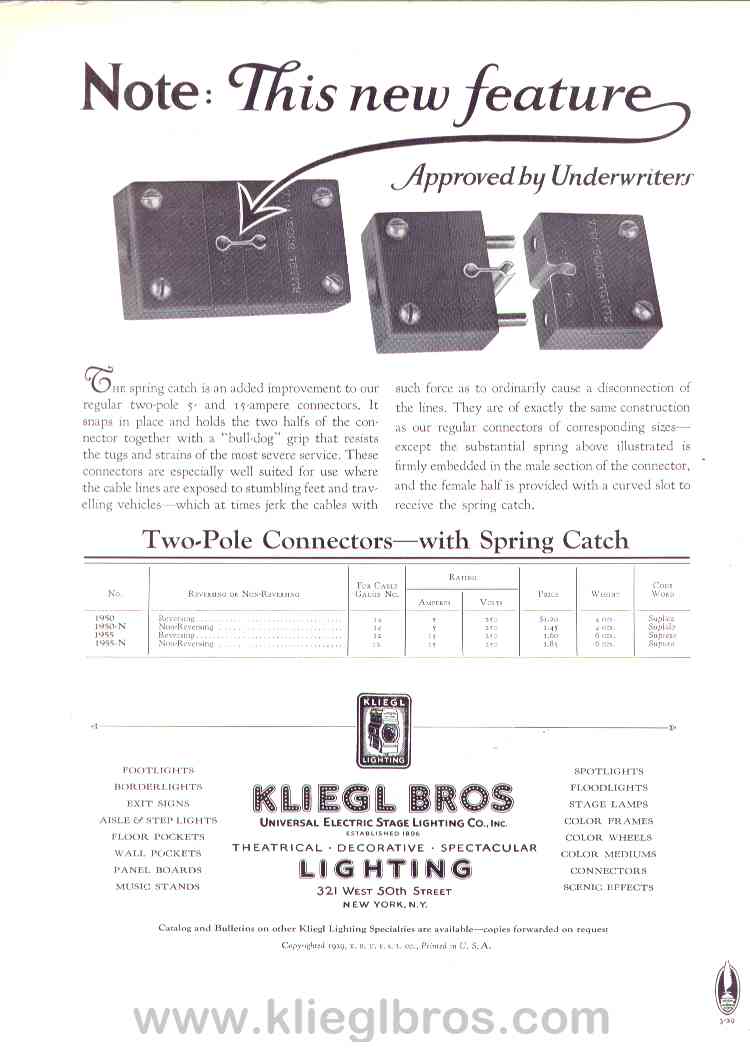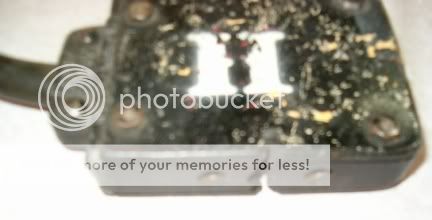Les
Well-Known Member
I am posting this in the What Went Wrong forum (feel free to move it mods) because these are an accident waiting to happen!
Yes, I've been on the hunt for gear and lots of ebay cruising has led me to yet another scary find. These appear to be home made and out of what appears to be wood/fiber.
STAGE PIN 3-FER 3FER for theatrical lighting cable - eBay (item 190307479652 end time Jun-12-09 18:28:15 PDT)
Judging by this model number/spec's however, it appears though it is or was UL rated.
15A 250V & 20A 125V
E 11417 UL
Can someone enlighten me on this?
Yes, I've been on the hunt for gear and lots of ebay cruising has led me to yet another scary find. These appear to be home made and out of what appears to be wood/fiber.
STAGE PIN 3-FER 3FER for theatrical lighting cable - eBay (item 190307479652 end time Jun-12-09 18:28:15 PDT)
Judging by this model number/spec's however, it appears though it is or was UL rated.
15A 250V & 20A 125V
E 11417 UL
Can someone enlighten me on this?





